Hyundai i30 Wagon vs SEAT Ibiza – Which one offers the better deal?
Everyday use, family trips or long-distance drives – here’s where the differences show.
Discover whether Hyundai i30 Wagon or SEAT Ibiza fits your lifestyle better.
Costs and Efficiency:
Price and efficiency are often the first things buyers look at. Here it becomes clear which model has the long-term edge – whether at the pump, the plug, or in purchase price.
SEAT Ibiza has a clearly advantage in terms of price – it starts at 16100 £, while the Hyundai i30 Wagon costs 24800 £. That’s a price difference of around 8708 £.
Fuel consumption also shows a difference: SEAT Ibiza manages with 5.20 L and is therefore barely noticeable more efficient than the Hyundai i30 Wagon with 5.70 L. The difference is about 0.50 L per 100 km.
Engine and Performance:
Power, torque and acceleration say a lot about how a car feels on the road. This is where you see which model delivers more driving dynamics.
When it comes to engine power, the SEAT Ibiza has a minimal edge – offering 150 HP compared to 140 HP. That’s roughly 10 HP more horsepower.
In acceleration from 0 to 100 km/h, the SEAT Ibiza is distinct quicker – completing the sprint in 8.10 s, while the Hyundai i30 Wagon takes 9.80 s. That’s about 1.70 s faster.
In terms of top speed, the SEAT Ibiza performs minimal better – reaching 216 km/h, while the Hyundai i30 Wagon tops out at 197 km/h. The difference is around 19 km/h.
There’s also a difference in torque: Hyundai i30 Wagon pulls slight stronger with 253 Nm compared to 250 Nm. That’s about 3 Nm difference.
Space and Everyday Use:
Whether family car or daily driver – which one offers more room, flexibility and comfort?
Both vehicles offer seating for 5 people.
In curb weight, SEAT Ibiza is to a small extent lighter – 1111 kg compared to 1316 kg. The difference is around 205 kg.
In terms of boot space, the Hyundai i30 Wagon offers clearly more room – 602 L compared to 355 L. That’s a difference of about 247 L.
In maximum load capacity, the Hyundai i30 Wagon performs distinct better – up to 1650 L, which is about 485 L more than the SEAT Ibiza.
When it comes to payload, Hyundai i30 Wagon barely noticeable takes the win – 524 kg compared to 522 kg. That’s a difference of about 2 kg.
Who wins the race?
The SEAT Ibiza proves to be leads convincingly overall and therefore becomes our DriveDuel Champion!
SEAT Ibiza is the better all-rounder in this comparison.
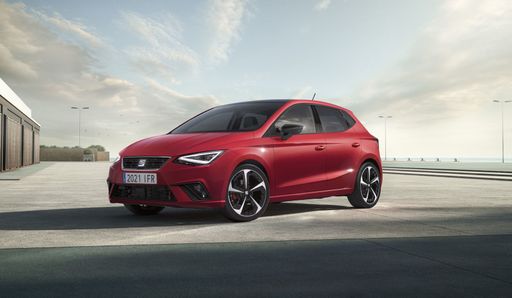
SEAT Ibiza
Hyundai i30 Wagon
The Hyundai i30 Wagon offers a blend of practicality and style, making it a popular choice for families and those in need of extra space. Its sleek exterior and comfortable interior provide a pleasant driving experience, while advanced safety features ensure peace of mind on the road. The i30 Wagon stands out with its impressive fuel efficiency and reliability, catering to both urban and rural lifestyles.
details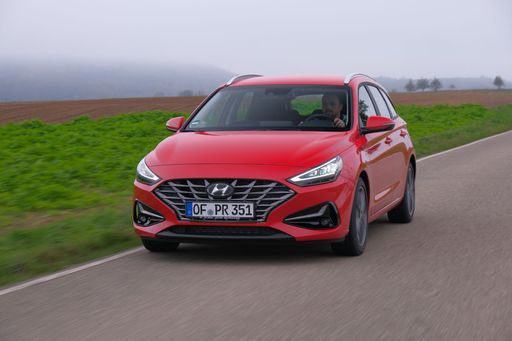 @ hyundai.news
@ hyundai.news
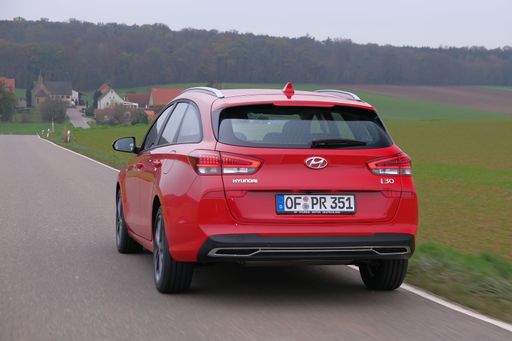 @ hyundai.news
@ hyundai.news
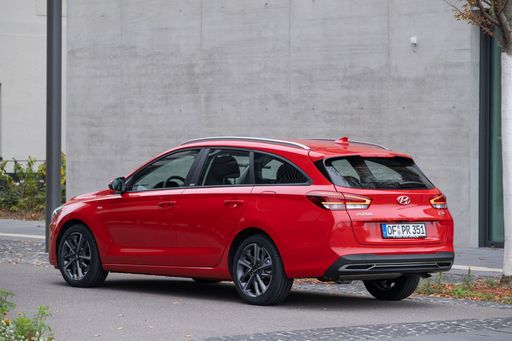 @ hyundai.news
@ hyundai.news
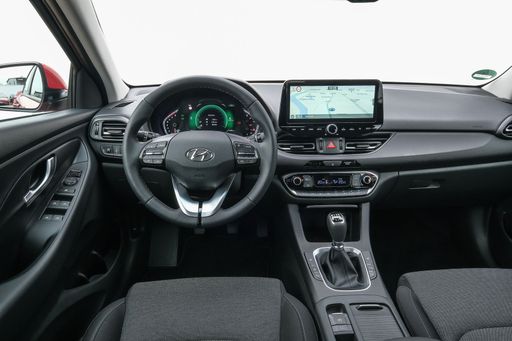 @ hyundai.news
@ hyundai.news
 @ hyundai.news
@ hyundai.news
SEAT Ibiza
The SEAT Ibiza stands out as a dynamic and stylish hatchback tailored for those who appreciate a lively driving experience. Its sleek design is complemented by a comfortable and modern interior, making it a standout choice in the city. Advanced technology ensures safety and connectivity, offering a well-rounded package for both new and seasoned drivers.
details @ seat-mediacenter.de
@ seat-mediacenter.de
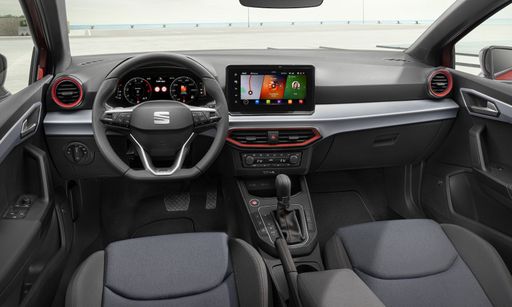 @ seat-mediacenter.de
@ seat-mediacenter.de
 @ seat-mediacenter.de
@ seat-mediacenter.de
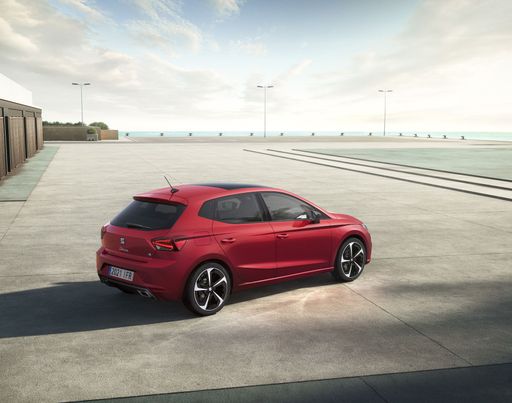 @ seat-mediacenter.de
@ seat-mediacenter.de
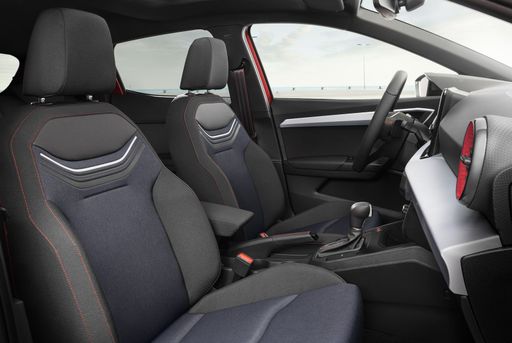 @ seat-mediacenter.de
@ seat-mediacenter.de

|

|
|
|
|
Costs and Consumption |
|
|---|---|
|
Price
24800 - 30100 £
|
Price
16100 - 28000 £
|
|
Consumption L/100km
5.7 - 6 L
|
Consumption L/100km
5.2 - 5.7 L
|
|
Consumption kWh/100km
-
|
Consumption kWh/100km
-
|
|
Electric Range
-
|
Electric Range
-
|
|
Battery Capacity
-
|
Battery Capacity
-
|
|
co2
130 - 136 g/km
|
co2
117 - 128 g/km
|
|
Fuel tank capacity
50 L
|
Fuel tank capacity
40 L
|
Dimensions and Body |
|
|---|---|
|
Body Type
Estate
|
Body Type
Hatchback
|
|
Seats
5
|
Seats
5
|
|
Doors
5
|
Doors
5
|
|
Curb weight
1316 - 1461 kg
|
Curb weight
1111 - 1231 kg
|
|
Trunk capacity
602 L
|
Trunk capacity
355 L
|
|
Length
4585 mm
|
Length
4059 mm
|
|
Width
1795 mm
|
Width
1780 mm
|
|
Height
1475 mm
|
Height
1447 mm
|
|
Max trunk capacity
1650 L
|
Max trunk capacity
1165 L
|
|
Payload
439 - 524 kg
|
Payload
489 - 522 kg
|
Engine and Performance |
|
|---|---|
|
Engine Type
Petrol, Petrol MHEV
|
Engine Type
Petrol
|
|
Transmission
Manuel, Automatic
|
Transmission
Manuel, Automatic
|
|
Transmission Detail
Manual Gearbox, Dual-Clutch Automatic
|
Transmission Detail
Manual Gearbox, Dual-Clutch Automatic
|
|
Drive Type
Front-Wheel Drive
|
Drive Type
Front-Wheel Drive
|
|
Power HP
100 - 140 HP
|
Power HP
80 - 150 HP
|
|
Acceleration 0-100km/h
9.8 - 13.3 s
|
Acceleration 0-100km/h
8.1 - 15.3 s
|
|
Max Speed
178 - 197 km/h
|
Max Speed
172 - 216 km/h
|
|
Torque
172 - 253 Nm
|
Torque
95 - 250 Nm
|
|
Number of Cylinders
3 - 4
|
Number of Cylinders
3 - 4
|
|
Power kW
74 - 103 kW
|
Power kW
59 - 110 kW
|
|
Engine capacity
998 - 1482 cm3
|
Engine capacity
999 - 1498 cm3
|
General |
|
|---|---|
|
Model Year
2024
|
Model Year
2025
|
|
CO2 Efficiency Class
D, E
|
CO2 Efficiency Class
D
|
|
Brand
Hyundai
|
Brand
SEAT
|
What drivetrain options does the Hyundai i30 Wagon have?
Available configurations include Front-Wheel Drive.
The prices and data displayed are estimates based on German list prices and may vary by country. This information is not legally binding.
